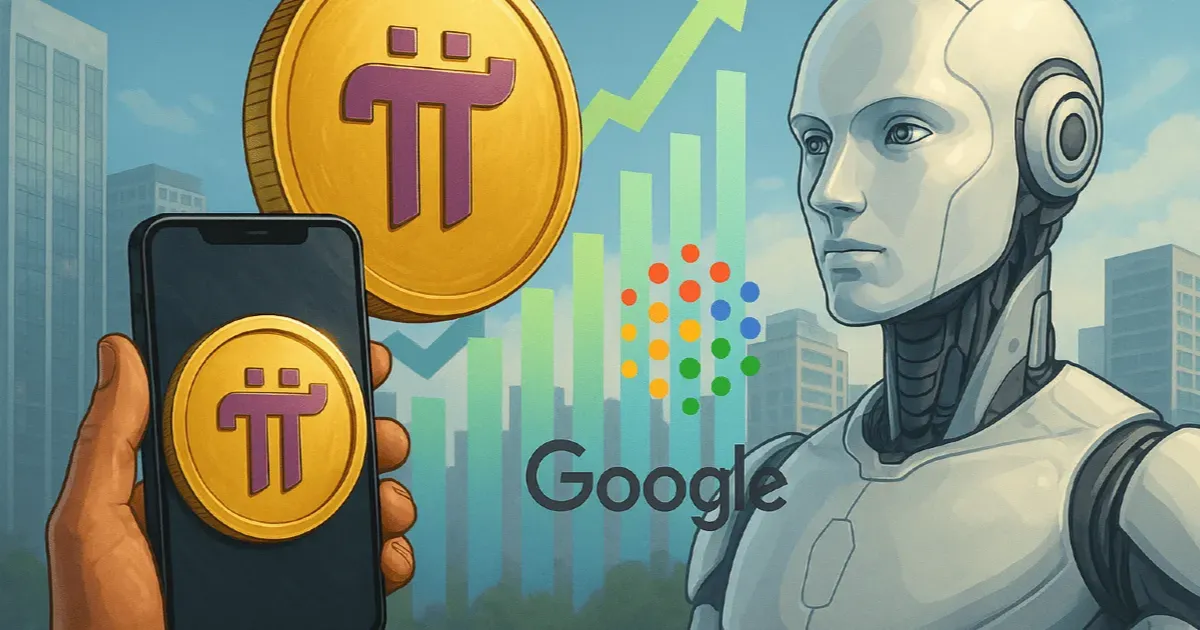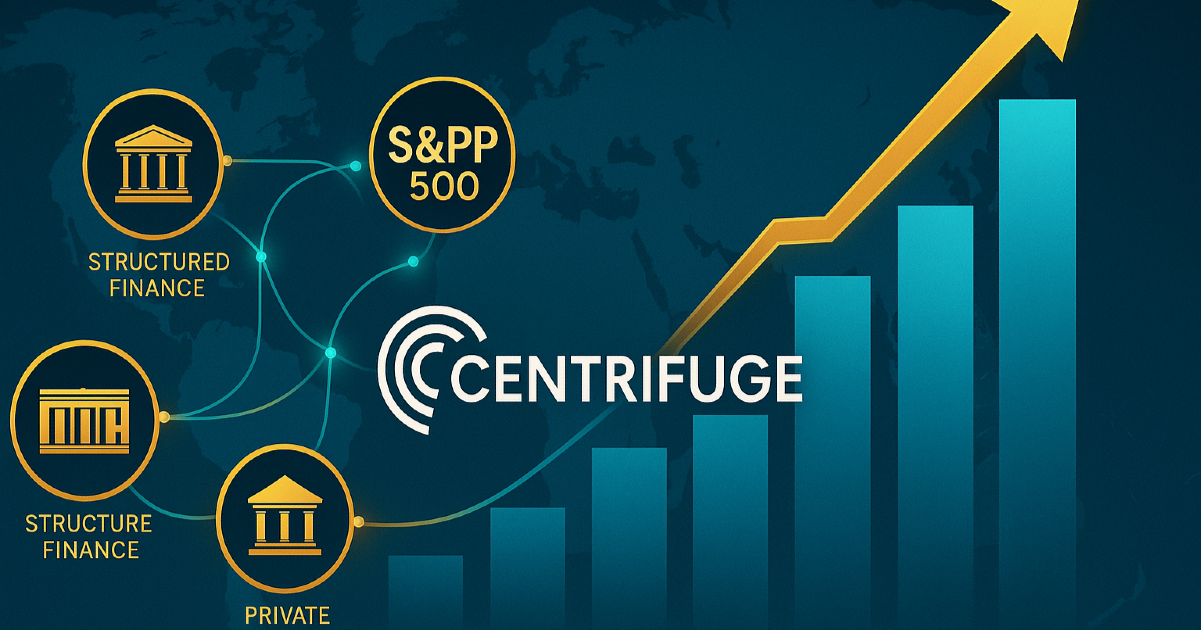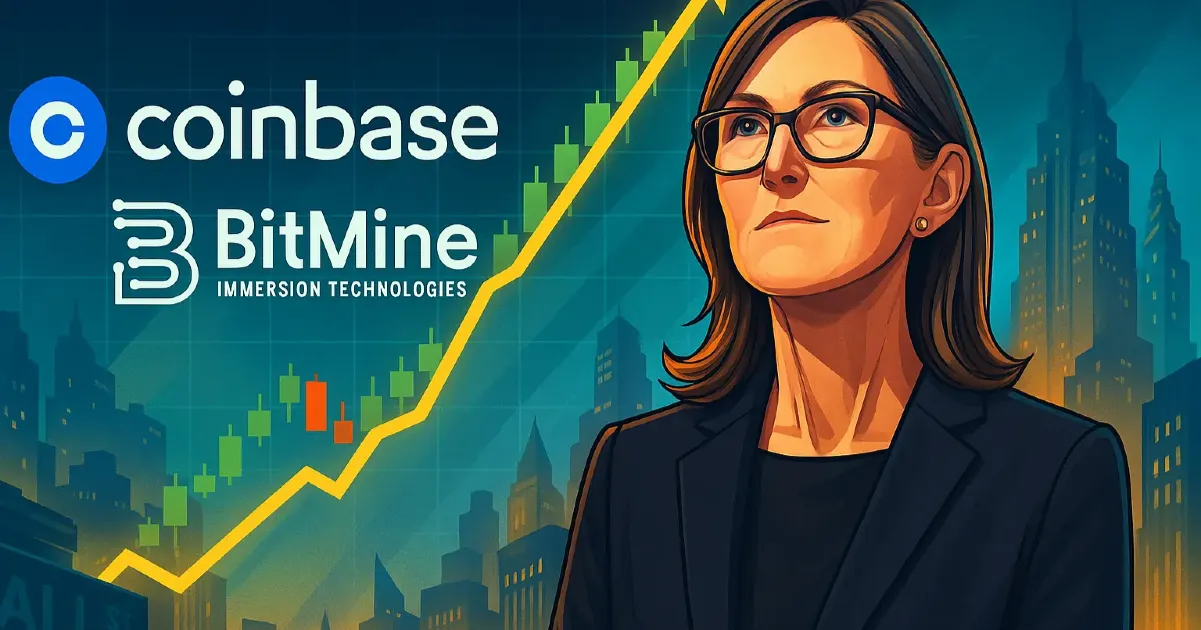Pi Network's token surged 38% after rumors of a Google AI collaboration and ahead of its annual Pi2Day event. Is this a turning point for the mobile crypto giant or just more hype?
It’s not often a quiet crypto project stirs up the kind of excitement we’ve seen this week. But somehow, Pi Network, the long-running, often-criticized mobile crypto project, has managed to grab headlines again.
This time, the buzz is around a 38% spike in the Pi token’s price, triggered by growing chatter about AI integration and a rumored partnership with Google. Add to that the annual Pi2Day event just around the corner, and suddenly everyone’s asking: is Pi finally making a real move, or is this just another hype cycle?
Let’s unpack what’s going on.
Wait, Pi Network Is Still Alive?
For a lot of people in the crypto space, Pi Network has been one of those projects that sounds promising... but always seems to be “almost there.”
Launched years ago with the pitch of “mine crypto from your phone,” Pi Network built up a massive community of reportedly over 47 million users without ever launching fully on open exchanges. People kept mining, hoping that one day, the tokens they collected would actually be worth something.
Now, it looks like that day might be getting closer.
So why is the token pumping now?
It started with community chatter screenshots, Discord leaks, and whispers from people close to the dev team. The gist? Pi might be preparing to integrate artificial intelligence into its app ecosystem. Even bigger, some users claimed a partnership with Google Cloud was being discussed behind the scenes.
Nothing was officially confirmed. But a slide from what looked like an internal dev presentation showed both the Pi Network and Google logos next to terms like “AI infrastructure” and “developer enablement.”
It didn’t take much more than that.
Crypto forums lit up. X ran with it. Some grey-market listings for Pi saw huge trading spikes. And just like that, the Pi Network token jumps 38% in less than two days.
Google AI Partnership? Sounds Great, But...
Here’s the thing. There’s no real proof that Google is working with Pi. No blog post. No press release. No Google spokesperson saying, “Yes, we’re doing this.”
But that hasn’t stopped people from speculating. Because if even a tiny part of it turns out to be true that Pi is building tools with Google’s AI infrastructure or cloud systems, it would be a massive credibility boost for a project many had already written off.
Still, until we hear something official, it’s probably safer to treat this as what it is: a rumor, and a clever one at that.
The Pi2Day Factor
Timing, as always in crypto, is everything.
This latest price surge isn’t just happening randomly. The project’s annual event, Pi2Day, is right around the corner on July 2nd. It’s traditionally more of a community celebration than a major product drop, but this year, expectations are higher.
There’s talk of a mainnet update, possible ecosystem app reveals, and, of course, more about this rumored AI integration. People are watching closely, and speculators are clearly trying to front-run the news.
If Pi2Day comes and goes without any big updates, the hype could fade just as fast as it came.
What’s Actually Being Built?
Away from all the noise, Pi’s core team has been heads-down on some infrastructure upgrades.
According to several developer community updates:
- There’s work happening on AI-powered KYC to improve identity checks for users worldwide.
- The Pi Browser is being expanded to include developer tools and potential plug-ins for dApps.
- Some insiders claim a cross-chain bridge is being tested, which could eventually connect Pi to Ethereum or BNB Chain.
So yeah, it’s not vaporware. The devs are shipping. But none of this is exactly earth-shattering yet. It's progress, not a breakthrough.
The Strange Case of a Token You Can’t Trade
One of the weirdest parts of Pi’s journey so far is this: for all the activity and user mining, the token still isn’t officially listed on any major exchanges.
Most of the recent price action has happened on “grey-market” platforms, smaller, unofficial exchanges where users trade Pi peer-to-peer based on speculation. The mainnet is still technically in a limited or “enclosed” phase, which means there's no real liquidity.
So, even if Pi is up 38%, most holders can’t cash out. That’s led to frustration in the past and will continue to unless the team opens up proper trading access.
Why People Still Care
Say what you want about Pi, but it’s managed something few projects have: global reach.
Millions of users in Asia, Africa, and Latin America, many of whom never traded Bitcoin or ETH, joined Pi because it felt accessible. No expensive GPUs. No centralized KYC. Just a smartphone and some patience.
That kind of network effect is rare. If Pi’s team can actually deliver a useful app ecosystem and real token utility, they might end up becoming the first mobile-native crypto platform to scale globally.
That’s the dream, anyway.
What Could Go Wrong?
Like any good crypto comeback story, this one comes with plenty of risk:
- If the Google partnership turns out to be exaggerated or fake, confidence will drop fast.
- If Pi2Day 2025 delivers no clear roadmap, it could deflate the recent rally.
- If exchange listings don’t happen, the token stays trapped in speculation limbo.
And of course, there’s always the question of whether people still trust the project after years of delays.
Final Thoughts: Is Pi Finally Turning a Corner?
This week’s rally is interesting, no doubt. But 38% up on rumors doesn’t mean the project has made it.
That said, things feel different this time. There’s more movement behind the scenes. The community is active. The developers are visible again. And the conversation around AI and mobile-first crypto is gaining steam.
If Pi Network can capitalize on this momentum, confirm even some of the partnerships being teased, and finally open the gates to open trading, it could surprise a lot of people.
Until then? Watch carefully, trade cautiously, and don’t believe everything you see on XF.






